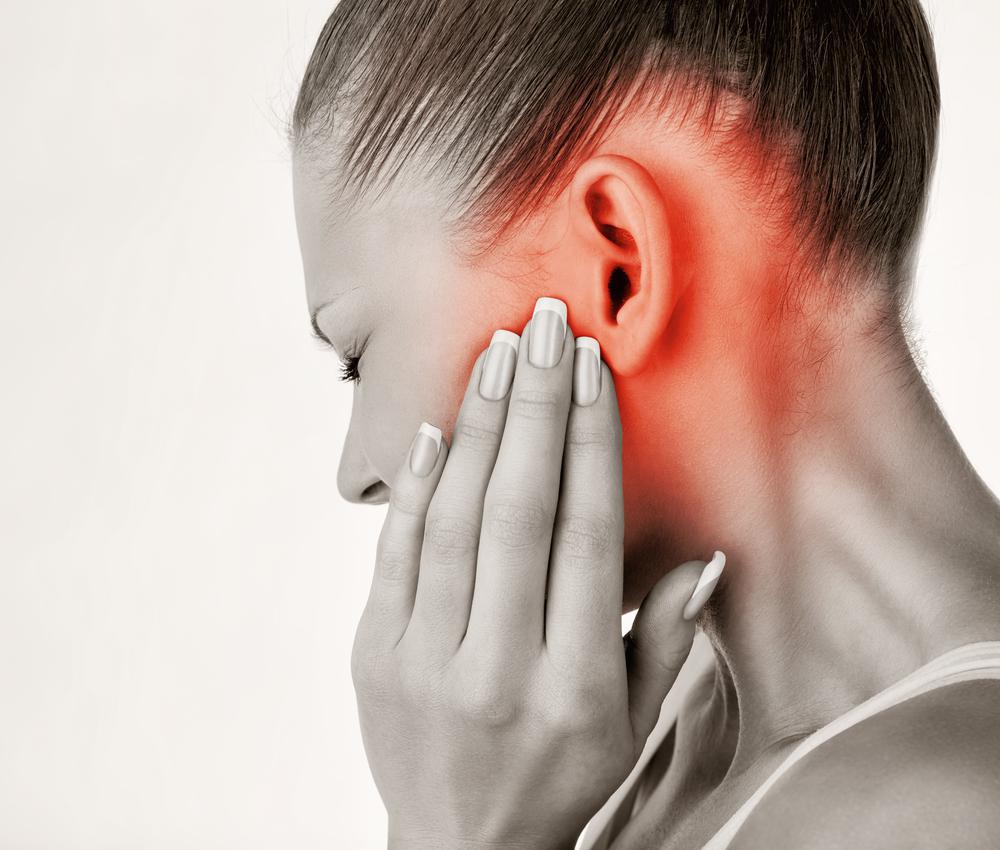
Nerve Pain: Neuralgia
Pain is something that most people experience, and it is undeniably an unpleasant feeling. While it varies in intensity and causes, pain can do more than make you feel uncomfortable; it can also negatively affect your day-to-day activities and can impact your life in all aspects. Often the pain comes with tons of other physical and emotional problems, so you must know how to identify if it needs a trip to your health care provider. There are different types of pain:
- Nociceptive pain – This type of pain is due to the damage to body tissue which can feel like a sharp or throbbing pain. Often, this occurs due to external injury such as hitting your knee on a chair or twisting your ankle. Nociceptive pain can be either acute and chronic;
- Neuropathic pain – This type of pain is a common chronic pain caused by damage to the somatosensory system and parts of the nervous system. It is characterised by a stabbing, burning pain or pins and needles that can come and go. Neuropathic pain can affect your everyday tasks to have mobility issues as this can get severe;
- Acute pain – This type of pain is short that typically lasts from minutes up to six months due to a soft tissue injury or short-term health problem. Acute pain is characterised by a sharp sensation that can occur suddenly when something specific is causing it, which then goes away after the injury is healed or the illness subsides;
- Chronic pain – This type of pain is characterised by an ongoing or intermittent sensation where pain signals are still firing in the central nervous system (CNS) even after the cause is already healed. Chronic pain is linked to chronic health conditions causing long-standing pain that persists beyond the usual recovery period;
- Radicular pain – This type is a very specific kind of pain that occurs when the cervical, lumbar and spinal nerves get compressed. Radicular pain can be a steady and deep sensation experienced in the back (spine), hip, and in one or both legs. The pain is characterised by feelings of numbness, tingling, and muscle weakness that can radiate from the back and into the leg. The most common form of radicular pain is sciatica, as a compressed sciatic nerve causes it.
There are plenty of reasons why you could be experiencing pain, and one of them is neuralgia. Neuralgia is a problem on the nerve pathway that causes localised stabbing and severe pain because of nerve damage or irritation. A person with this condition can experience acute neuropathic pain but, often than not, chronic neuropathic pain in any part of the body. Flares and episodes of neuralgia can occur at any time, even without an obvious factor, and severe forms of this condition may impact their quality of life.

Causes
Infections. Neuralgia can affect specific parts of the body when an infection affects nearby nerves.
- Viral infection like shingles, which is caused by the varicella-zoster virus (VZV);
- Sexually transmitted infection like syphilis, which is caused by the bacterium Treponema pallidum;
- Tooth abscess as a result of a bacterial infection.
Nerve pressure or injury. Injuries resulting from broken bones, slipped discs, or tumours that press and irritate a nerve can cause neuralgia.
Medical conditions. Some medical conditions can affect and damage nerves like:
- Kidney Disease, which can cause hyperkalemia or too much potassium in the blood, is suggested to influence chronic kidney disease (CKD) in uraemic neuropathy due to impairment of nerve functions;
- Diabetes is characterised by increased levels of blood sugar beyond normal or hyperglycemia that is suggested to cause the changes in the blood vessels that supply the peripheral nerves.
Types of Neuralgia
- Trigeminal – This type is the most common type of neuralgia. It involves the trigeminal nerve in the head that sends signals from the brain to the face, mouth, teeth, and nose. Trigeminal neuralgia is thought to be twice as common in women than men who are above the age of 50 years;
- Postherpetic – This type of neuralgia is the most common effect of shingles which is characterised by a painful condition that affects the nerve fibres and skin with burning pain lasting even after the rash and blisters had disappeared;
- Occipital – This type of neuralgia occurs when the nerves that travel from the apex of the spinal cord up through the scalp are damaged. It is characterised by headaches with piercing, throbbing, or electric-shock-like pain. It affects the upper neck, back of the head, behind the ears, scalp, forehead, and behind the eyes.
Treatment
In managing neuralgia, medications and surgical procedures are primarily used to effectively treat its symptoms. This include:
- Microvascular decompression (MVD) is a surgery to help relieve pressure on the nerve;
- Physical therapy programs such as aerobic exercise, flexibility, strength training, and balance exercises can be performed under the recommendation of a licensed physical therapist;
- Nerve block injections may help heal damaged nerves, provide temporary pain relief, and reduce inflammation;
- Medications such as antidepressants, anti-seizure medications, short-term narcotic pain medications, and topical creams are effective in treating nerve pain;
- Blood sugar monitoring to better control the blood sugar levels in people with neuralgia secondary to diabetes.
Natural Potential Treatment
While medical intervention and pharmaceutical preparations are available to treat neuralgia, some botanicals are used by people who are seeking adjunctive or alternative management of pain. Keep in mind that it is highly advised that you speak with your doctor first before incorporating any of these into your condition’s management routine.
- Cannabidiol (CBD) – Whether in the form of CBD tablets, tinctures or edibles, this cannabinoid is popular due to its wide variety of potential health benefits. While it is the second most prevalent compound following THC (tetrahydrocannabinol) that is abundant in marijuana, CBD is non-psychoactive and non-intoxicating, making it an ideal alternative to those who do not want to experience the feeling of high caused by THC. Aside from the management of stress, anxiety, sleep problems, and inflammation, CBD is suggested to suppress chronic neuropathic pain by influencing GlyRs, which mediates fast inhibitory neurotransmission in the spinal cord and the brainstem and is involved in motor control and pain perception;
- Tarragon (Artemisia dracunculus) – This herb is popular in many uses, such as for flavouring and fragrances due to its subtle taste and aroma reminiscent of anise. But unbeknownst to many, tarragon has been used in traditional medicine since the early times. According to research, it is suggested that tarragon has peripheral and central antinociceptive activity or nociception/nociperception properties, which reduces the body’s response to harmful chemicals, mechanical injury, or temperatures by the sensory nervous system, making it a potential treatment of different painful conditions.










